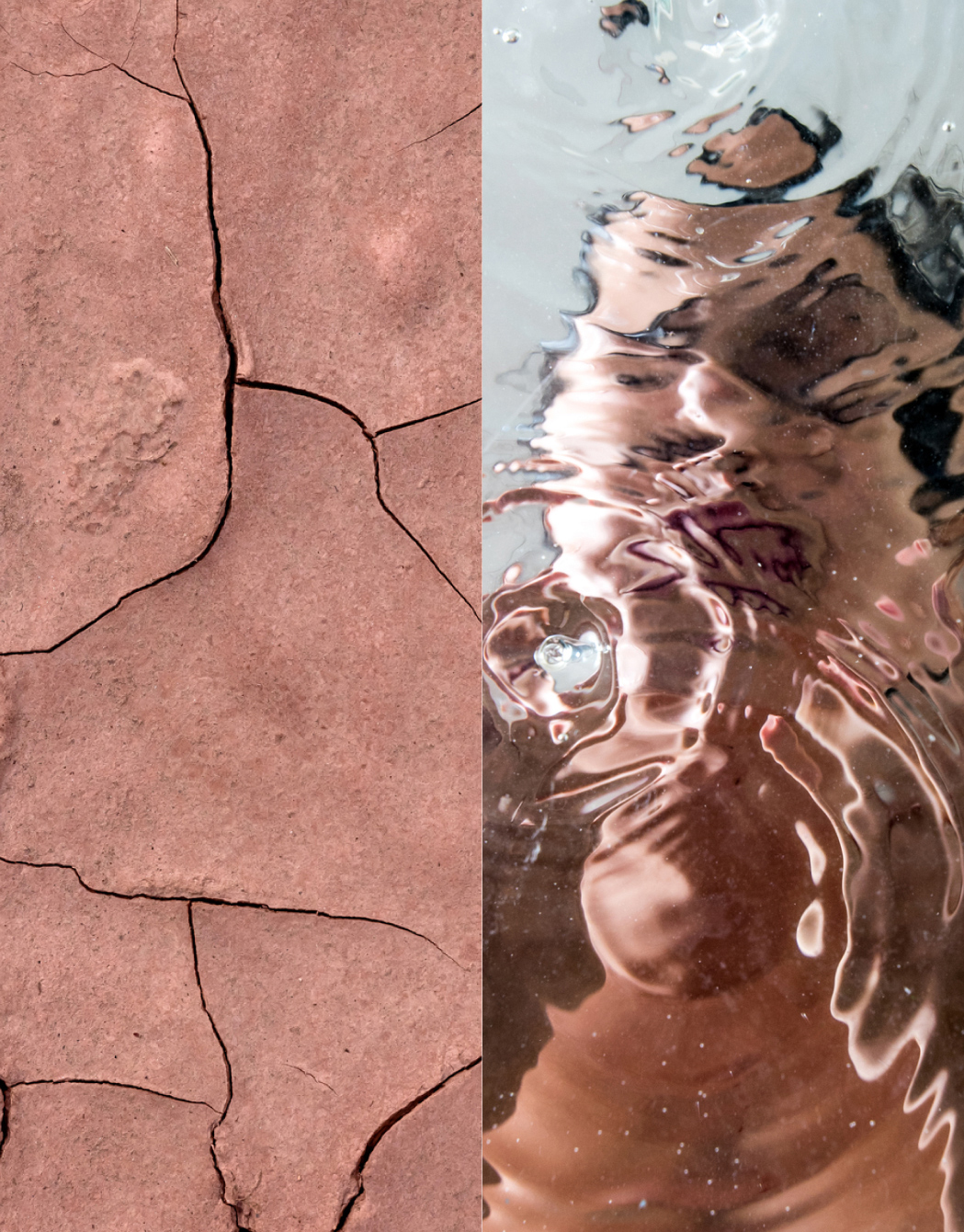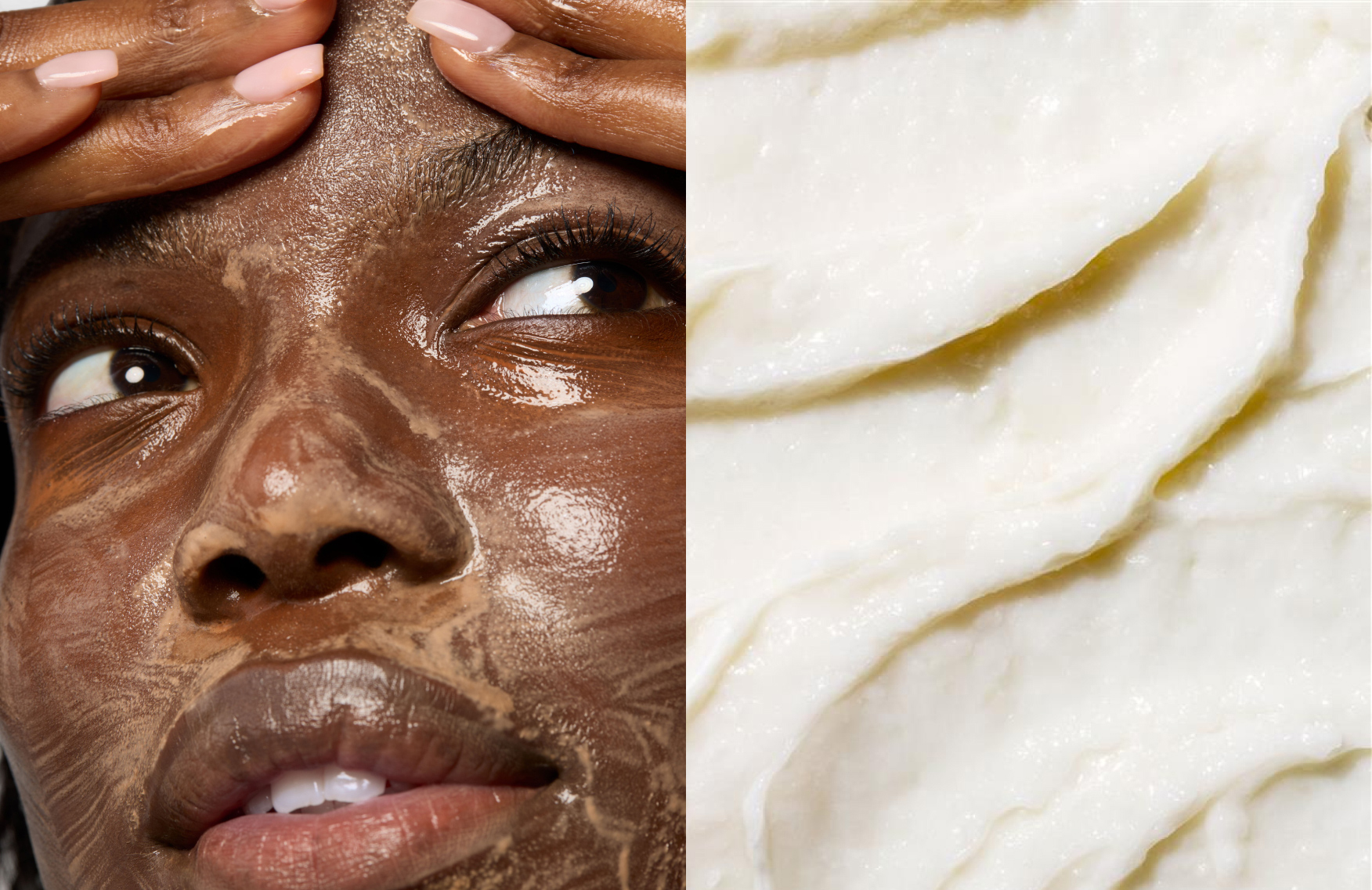What’s a dermatopathologist, and why should you take sunscreen advice from one? Read on…

With summer finally here and an array of new sunscreen formulas to stock up on, we find ourselves wondering: what do the experts really think about mineral vs. chemical SPF? And who better to ask about sun protection than a dermatopathologist—a doctor who studies, analyzes and diagnoses the potential causes of diseases and skin conditions like melanoma, vitiligo and psoriasis. (They’re who dermatologists turn to to further evaluate skin conditions at a microscopic level.) Here, triple board-certified dermatopathologist, dermatologist and internist Mamina Turegano, MD (@dr.mamina) shares her expert opinion on the great sunscreen debate.
Decoding their differences.
“Physical ingredients work by deflecting UV rays as well as absorbing some of them,” Dr. Turegano explains. These formulas contain natural minerals (look for zinc oxide and titanium dioxide on the label’s active ingredients) that act like a shield to block aging UV-A and cancer-causing UV-B rays. Chemical sunscreens are more akin to a sponge and work by absorbing the sun’s rays and converting them into heat. To spot these types, look for active ingredients like avobenzone, homosalate, octisalate or octocrylene.
The pros and cons of physical sunscreens.
“I typically recommend physical sunscreen ingredients to those who have more sensitive skin as well as those who are working on hyperpigmentation,” Dr. Turegano says. Because of their heat conversion process, chemical formulas are slightly more likely than physical types to be the culprit behind irritation—aka breakouts. The downside? Some can be a bit clunky. Mineral-based sunscreens have a reputation for leaving a heavy, film-like feeling, pilling or sweating right off—meaning you’ll need to reapply more often.
Thankfully, mineral sunscreens have come a long way from the chalky formulas we grew up with. “People think that physical sunscreens can make you look pale or ghost–like, but now there are brands making sheer versions of zinc as well as tinted ones,” Dr. Turegano adds. It just might take a bit of trial and error to find one that works best for you.
The pros and cons of chemical sunscreens.
There’s no doubt about it, chemical sunscreens are far more cosmetically elegant than their physical counterparts. “Because they are thinner and absorb better, they work well on all skin tones,” Dr. Turegano tells us. This also makes them ideal for more active lifestyles, with a better performance in sweat-proof formulas.
However, because chemical SPF formulas have played host to some shadier ingredients in the past—PABA (or para-aminobenzoic acid) and oxybenzone—they’ve developed an unfair reputation. “Chemical sunscreens have a general misconception of being endocrine disruptors,” Dr. Turegano explains, pointing out that PABA has been eliminated from modern formulas, while oxybenzone is being phased out. In other words, don’t fall for fearmongering—the majority of chemical sunscreens on the market today will already be devoid of these troublemakers.
The final word? Consistency is key.
“I tell patients to use whatever sunscreen they’re willing to use on a regular basis. The most important component of using an SPF is consistency to prevent skin cancer and delay signs of aging. As long as you see the words ‘SPF 30+ and ‘broad spectrum,’ you’re generally golden—everything after that is a personal preference,” Dr. Turegano says.


